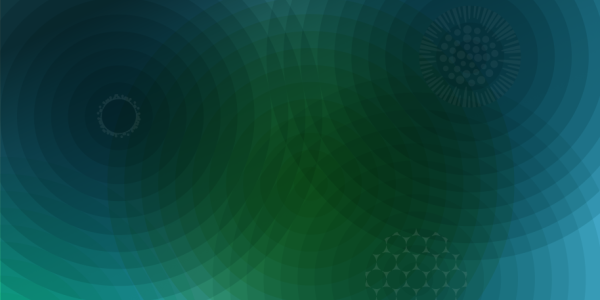
Fireball Anti-Nucleosynthesis - Erwin Tanin (Stanford)
Abstract: The baryon sector of the present universe is almost entirely made of matter and essentially no anti-matter. Relatively small abundances of anti-nucleons can arise from high-energy collisions of cosmic rays with particles of the interstellar medium. Even smaller abundances of anti-nuclei may form through rare coalescences of these high-energy anti-nucleons. Given the expectation of extremely low astrophysical backgrounds of anti-nuclei, a robust detection of even a handful of anti-nuclei from space would be revolutionary. Recently, members of the AMS-02 collaboration have been giving talks at conferences about possible detections of relativistic anti-helium nuclei at the rate of about 1 event/year, many orders of magnitude above the prediction of conventional astrophysics. Taking these events at face value and interpreting them as originating from the dark sector, they may provide valuable clues for particle physics model building. I will argue that salient features of these events are naturally explained by sudden and localized injections of energetic Standard Model particles in our Galaxy that subsequently thermalize into relativistic plasmas. There is a universality to this explanation: since thermalization is involved, the purely Standard Model physics following one such injection is agnostic to the details of the injections. A plausible origin of the injections is mergers of macroscopic dark matter bound states.
Audience:
